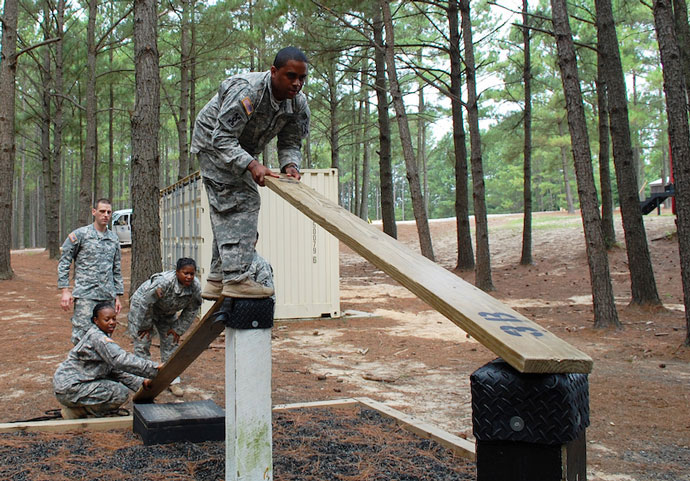Balance (by basic definition) is the ability to keep your body’s center of mass over your base of support—the area under your feet that’s connected with the ground. For example, when you stand on two feet, your base of support includes your feet and the space between them. If you widen your stance, you widen your base of support. If you stand on one foot, you have a much smaller base of support because it’s only the size of the foot you stand on.
Balance is a complex task that uses many different “inputs” from different body systems in order to keep you stable and upright. Nerves in your muscles, tendons, and ligaments send signals to your central nervous system (CNS) about the position of a body part and how it moves. Vision is a major part of balance because you can see how your body’s position changes. Your vestibular system (in your inner ear) tells your CNS how vertical your posture is: Are you standing straight up, lying down, or somewhere in between? Even your limbic system—the part of your brain that controls behavior and emotions—plays a role in balance. When you use all of these inputs, you can maintain balance with both voluntary and involuntary actions. If you stand on one foot, the muscles in your legs involuntarily coordinate how much and how often they contract to keep you stable. You can also stare at a stationary object to help coordinate the involuntary responses, put a foot down to stabilize your body, or even raise your arms to help stabilize you.
If one of the systems that contributes to balance is injured, it can be difficult to stabilize yourself until the damaged system is repaired. For example, a musculoskeletal injury (injury to a muscle, bone, tendon, or ligament) damages the nerves that tell your CNS how a body part is positioned or those that control the muscles to keep you stable. Frequent blast exposure can damage your inner ear, and mental health conditions (such as depression and anxiety) can affect balance. Strengthening your leg muscles won’t necessarily work to improve balance because they aren’t part of the system that causes balance issues.
Types of balance
In general, there are two different types of balance—static and dynamic. Static balance is your ability to maintain balance while you stand still. Examples of static balance include standing on one foot. Dynamic balance is your ability to maintain balance while you move. Examples of dynamic balance include walking, jumping and landing, and reaching far outside your base of support.
How to improve balance
For most people without any injuries to their balance systems, a well-rounded approach to balance training will work. If you have a recent injury, work with a medical professional with expertise in balance to improve the affected specific systems.
Static-balance exercises
- Stand on one foot with your eyes open. Try to stand as long as you can, and then slowly increase the time over the next week or 2.
- Progress by closing your eyes. First stand on an unstable surface (such as pillows or foam pads) with your eyes open, and then with your eyes closed.
- Stand on both feet in a “tightrope” stance. Start with your feet in line, but a few inches apart.
- Progress by moving your feet closer to a heel-toe position, close your eyes, and stand on an unstable surface, first with your eyes open and then closed.
Dynamic-balance exercises
- Add movement to single-leg or tightrope stances.
- From a single-leg stance, reach out in front of you as far as you can by hinging (bending) at your hip.
- From a single-leg stance, reach with your other foot out as far as you can, tap your toe on the ground, and return to your upright position. Try not to put any weight on your reach leg. Repeat that motion in different directions—out to the side, behind you, and on forward and backward diagonals.
- Walk heel-to-toe as though you’re on a tightrope.
- Forward and side hop-to-balance.
- Start with a small hop forward, land on one foot, stick the landing, and hold that position for a few seconds. Stand back up on both feet, and repeat.
- Do the same exercise by hopping to the side.
- You can progress this exercise by hopping further or adding a reach, as described above.
These exercises and progressions challenge the musculoskeletal system by adding movement and taking away your vision’s contribution to balance. To train the vestibular system, you can add head and eye movement. For example, when you stand on one foot, move your head and eyes side-to-side like you’re watching a tennis match, or look down and up, from the floor to the ceiling.
Bottom line
Balance is a key component of physical fitness. People with poor balance are at greater risk for injury and, possibly, lower physical performance. You can add some balance training to your exercise routine to help reduce your injury risk and maintain optimal performance.
